Superfoods You Should Stock
As preppers, we want to stock up on enough food for everyone in our households, but sometimes, we forget that quality is just as important as quantity. If we’re at a point where we have to rely on our food stock, we want to get all the nutritional value we can to stay healthy. So, in addition to stocking up on canned goods, baking goods, and long-shelf-life items, there are a few superfoods you should stock up on.
What are Superfoods?
Superfoods have been used as a marketing tool to influence food trends and sell products. They don’t have their own food group, but some foods are particularly beneficial to health and well-being.
Superfoods are mostly plant-based foods but also include some fish and dairy products. These are considered superfoods because they are thought to be nutritionally dense and good for your health. They contain various nutrients, such as antioxidants, healthy fats, fiber, and crucial vitamins your body needs. Consuming foods high in nutrients (superfoods) is a great idea, but it’s essential to consume a variety of nutritious superfoods, not just one or two as you try to eat a balanced diet.
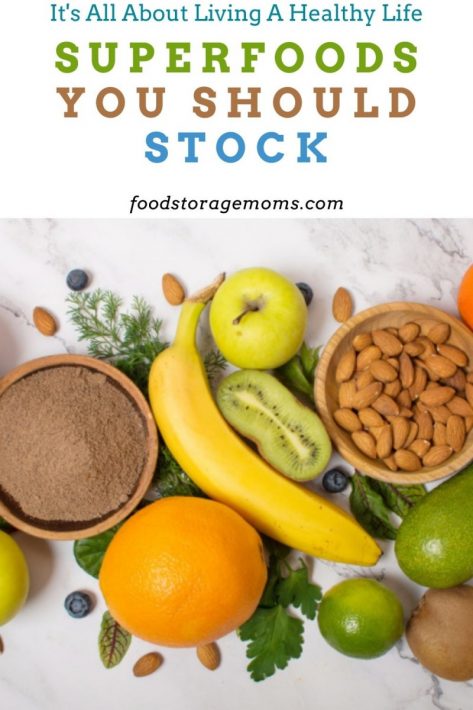
Superfoods You Should Stock
Although superfoods was a term coined to market certain food products to you, there are several foods worthy of that title that you should stock. Here are seven foods that may be worthy of the title Superfoods!
#1 Leafy Greens
Dark leafy greens are a great source of nutrients, such as zinc, calcium, folate, iron, magnesium, vitamin C, and fiber. In addition to being packed with nutrients, they also have the potential to reduce your risk of chronic illnesses, including heart disease and type 2 diabetes. These foods provide some of the daily fiber we all need, particularly for gut health. Some of the best leafy greens to stock include:
These leafy greens aren’t just for salads, they make great soups, smoothies, and stir-fries. And you can increase their shelf life by freezing them!
Related: How to Dehydrate Kale and Make Kale Chips
Related: Quick and Easy Way to Freeze Fresh Spinach
# 2 Berries
Over time, our bodies can build up and carry many yucky things, such as free radicals. Eating foods high in antioxidants is the best way to eliminate the gunk. Berries are powerhouses of vitamins, minerals, fiber, and antioxidants. Eating berries reduces the risk of heart disease, cancer, and inflammatory conditions. Some of the best berries to stock include:
Berries are great to eat by themselves, but they can also be added to salads, baked treats, and smoothies. You can dehydrate or freeze them to increase their shelf life.
Mark is a fan of all kinds of berries. He’ll put them on his ice cream for a late night treat, but also loves them as preserves with peanut butter on sandwiches.
Related: Dehydrating Strawberries The Quick and Easy Way and How to Dehydrate Blackberries
#3 Nuts and Seeds Superfood
Rich in fiber, vegetarian protein, and healthy fats, nuts and seeds are great superfoods. In addition to general nutrition benefits, they are also loaded with anti-inflammatory and antioxidant properties, which protect your body against oxidative stress. I suggest stocking a variety of your favorite nuts and seeds, including:
- Almonds
- Pecans
- Pistachios
- Walnuts
- Cashews
- Brazil nuts
- Macadamia nuts
- Peanuts
- Sunflower seeds
- Pumpkin seeds
- Chia seeds
- Flaxseeds
- Hemp seeds
Nuts and seeds are delicious snacks and great in salads, soups, stews, and other recipes. The great thing is that they have a decent shelf life. You can store them in unopened packages in your pantry for up to 6 months past their best-by dates, in the refrigerator for up to a year, and in the freezer for up to two years! I store all my nuts and seeds in the freezer to keep them from going rancid.
Related: Quick and Easy Healthy Spicy Nuts Recipe
#4 Garlic
Closely related to onions, garlic is an excellent source of manganese, vitamin C, vitamin B6, selenium, and fiber. Not only is garlic good for you, but its distinct flavor can add pizzazz to almost any recipe. In addition, garlic may be effective in reducing cholesterol and high blood pressure and supporting your immune system.
Keep garlic in a cool, dry place. Storage life in temperatures of 60 degrees Fahrenheit is 3 to 5 months.
Related: Garlic Everything You Need to Know
#5 Tumeric Superfood
Whether you like turmeric or not, you may want to stock it, especially for sick days. This bright yellow spice is closely related to ginger and is used in India for a variety of medicinal benefits.
The active compound in turmeric is curcumin, a potent antioxidant and anti-inflammatory agent. Studies have shown that turmeric may be effective in treating and preventing chronic diseases such as cancer, heart disease, and diabetes. It also aids in wound healing and pain reduction.
I should have added Cinnamon, Ray reminded me.
#6 Sweet Potatoes
Sweet potatoes are root vegetables loaded with various nutrients, including potassium (heart-healthy), fiber, and vitamins A and C. In addition to these nutrients, sweet potatoes are a great source of carotenoids, which are antioxidants.
Be sure to store your potatoes in a dark, dry place with some humidity. Sweet potatoes can be stored for about a month. To get the most extended shelf life possible, read my post, Potatoes: How to Store After Harvesting.
#7 Avocado
Did you know that an avocado is a fruit? Many treat it like a vegetable, but it’s a fruit. Avocados are rich in a variety of nutrients, including fiber, vitamins, minerals, and healthy fats our bodies need. Additionally, they are high in Oleic acid, which is linked to a reduction in inflammation in the body.
Firm, uncut avocados can be stored in the refrigerator for up to two weeks. But if you want to keep them for up to six months, you can freeze them. Cut the avocados in half, peel the skin, and wrap each half separately in plastic wrap. Then, please place them in a freezer bag and freeze them.
Other Superfoods Posts to Check Out
If you want to learn more about foods you should stock or other superfoods, check out some of these other posts below:
- Health Benefits of Nuts
- Why You Should Stock Sauerkraut
- Garlic: Everything You Need to Know
- Sweet Potatoes: Everything You Need to Know
- 21 Reasons Why I Store Garlic
- Avocados: Everything You Need to Know
- Coconut Oil: Everything You Need to Know
- Chia Seeds: What You Need to Know
Are there meats that would qualify as superfoods?
Meats are known for their high protein content. We don’t eat a lot of meats, but do try to have some fish from time to time since they have healthy omega-3 fatty acids. Consider having salmon, sardines, trout, and tuna. Many come as canned goods, making their storage an easier task.
If you have concerns about protein in your diet, don’t forget that beans are a great source of protein. We like all kinds of beans, including black, kidney, lima, pinto, and great northern.
Final Word
Remember, stock what you eat! Just because it’s a superfood doesn’t mean you should stock it if you or your family dislike eating it. It won’t do you any good if you don’t eat it. Stocking up on long-shelf-life items and superfoods is crucial to your health and survival.
Make sure you have quality and quantity in your food stock items. Tell me about your experiences with these or other superfoods your family enjoys. Please keep prepping, and we must. May God bless this world, Linda
Copyright Images: Healthy Super Foods Deposit photos_448278326_s-2019



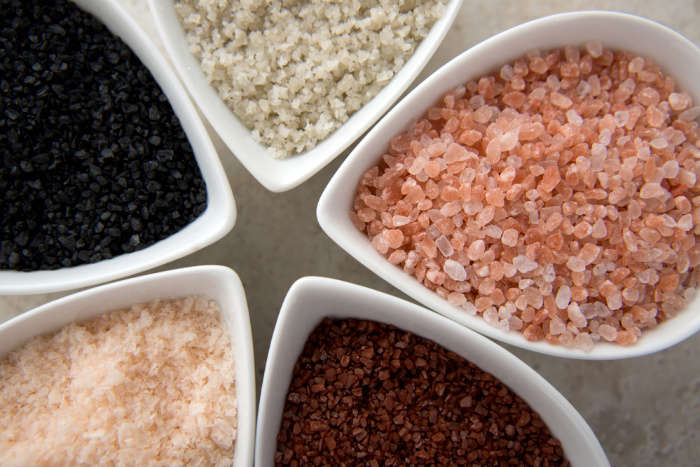
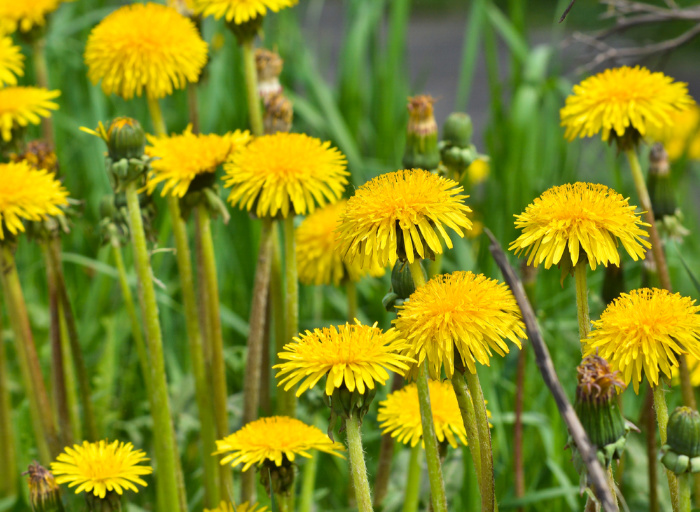
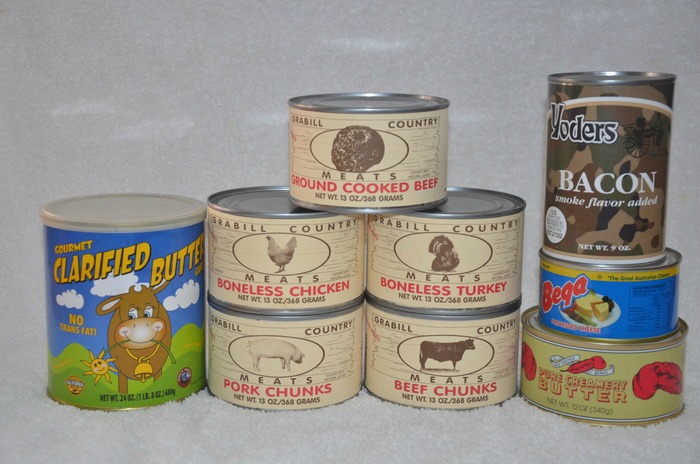
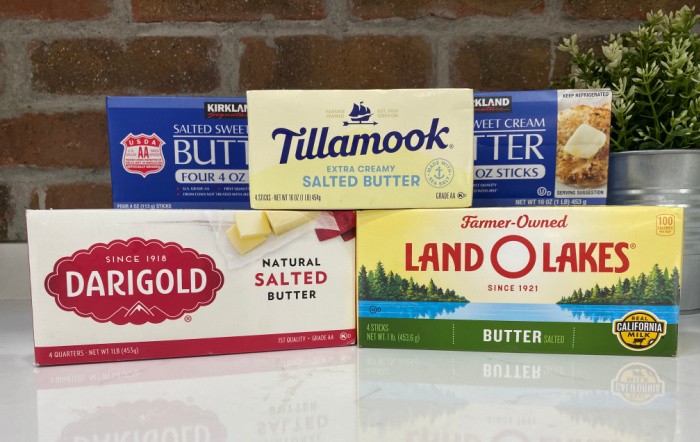
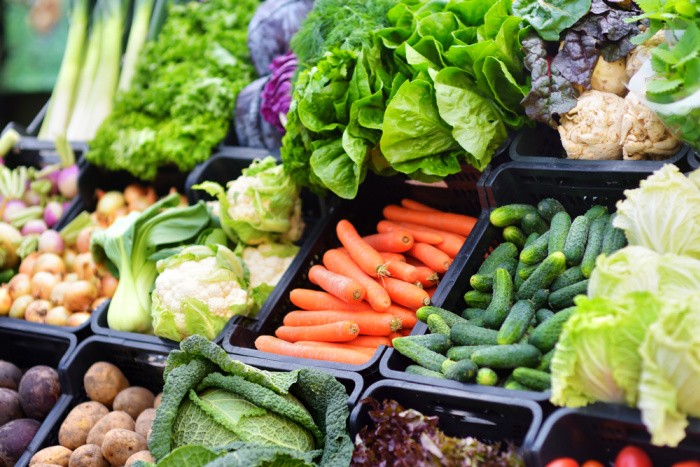
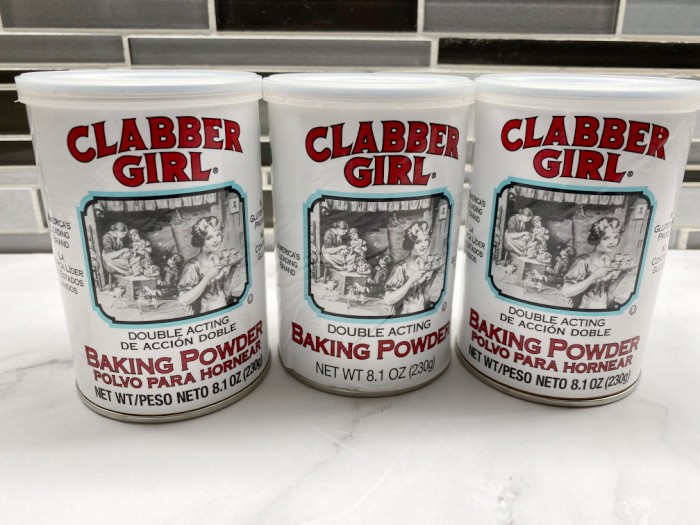


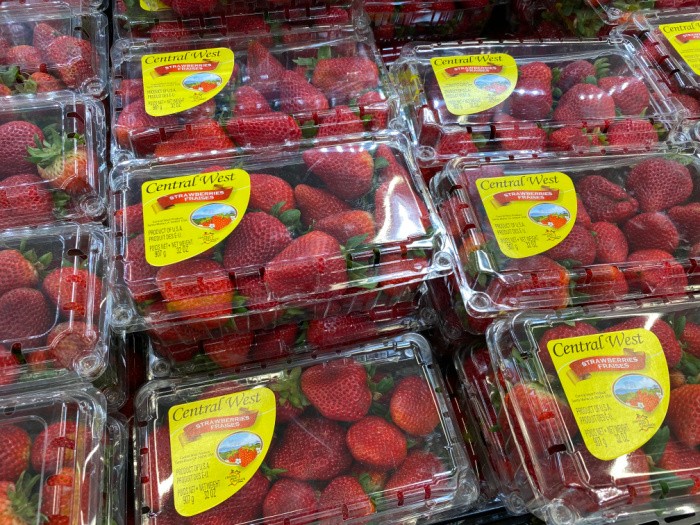
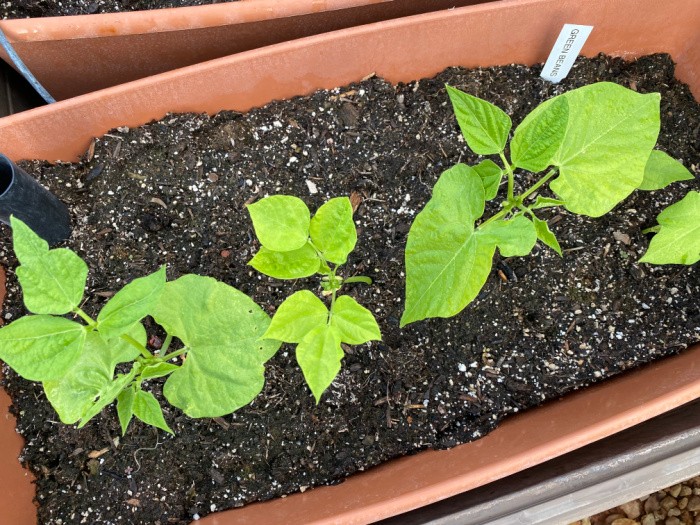
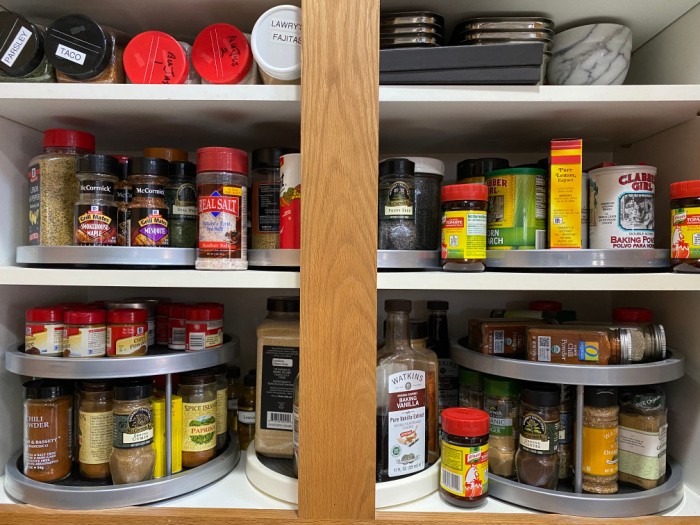


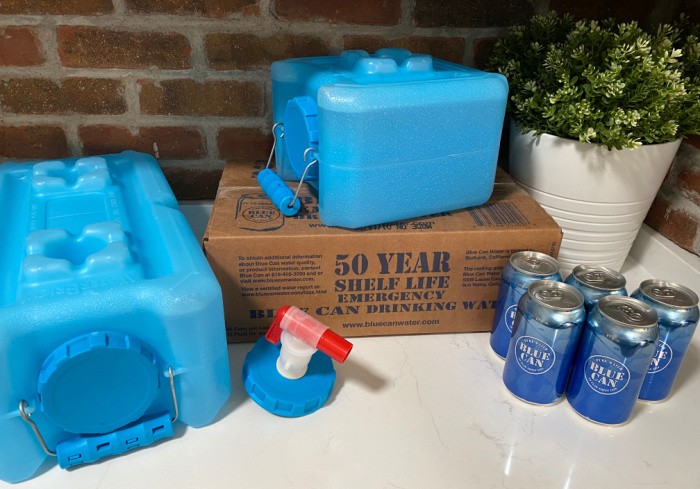



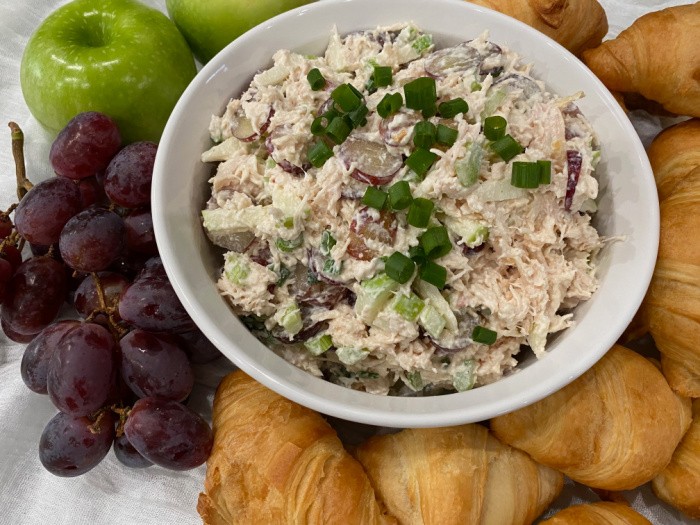

We love all of these. And have most of them in our storage. One other greens that we like is mustard greens. We do like turnip greens as a veggie here where we live. I grew up on turnip greens, collard greens and mustard greens. They are all good. I like Spinach raw in a salad. I’ve also eaten it in quiche and quesadillas. It’s good like that. I’m not big on plain cooked spinach. Hubby loves it.
Hi Deborah, I only like fresh spinach in a salad or in smoothies. It tastes great in quiches and quesadillas! My other used to cook spinach, nope, I gagged on it. She tried to add lemon, nope, nada! I have never had mustard greens, I need to up my game!! Linda
I use a bit of pepper vinegar on my greens. I can’t eat spinach cooked either. The texture is what I can take.
Hi Deborah, I will have to try that. Thank you!! Linda
Stocking these on a regular basis is great. I won’t eat cooked greens though! I wasn’t raised with cooked greens and the texture is just wrong for me!!
I purchased a seed vault for my long term storage. The company indicates that the seeds are viable for 15-20 years if they are kept refrigerated. We’ll see! In a SHTF situation, I will be able to grow a garden to some extent.
I have quite a bit of ginger and turmeric dried. I love to combine the two into a tea. I will mention that it is fairly easy to grow your own ginger. I have not tried growing my own turmeric, though.
Hi Leanne, I’m a fresh green person as well. I have a lot of seeds as well, I’m hoping they will germinate as the years go by. Linda
Good Morning Linda. It must be a southern thing because I grew up eating mustard and turnip greens, collards, kale etc. You name it, if it was green, my mom cooked it. She always had a huge garden, even here in Colorado, and canned most of what she grew for the winter months. Of course, we lived (at that time) at a lower altitude than I presently do). I can’t get anything to grow because my summers are not hot enough and the season is super short. Although, I might try some broccoli this year and see how it does. Even my dog likes greens of all kinds, lol. Spinach, I love it no matter what. Don’t care much for it raw, but I have been known to open a can and eat it straight from the can. I can picture everyone gagging right now, lol. Sorry.
HI Pam, yeah, I would be gagging eating it raw from a can. It’s weird, I love freshly cooked asparagus, but growing up we ate canned asparagus, those were the days! LOL! Linda
Pam, have you tried growing beets? They are TRULY SUPERFOOD and will take cooler growing conditions! Yes, broccoli or any of the cole crops (cabbage, nappa cabbage, broccoli, cauliflower, kohlrabi, kale, turnips, etc., etc.) might do well where you live as well as edible podded peas. I love to grow the cute little shanghai “baby” bok choy for stir fry. We planted them accidentally waaaay late in our growing season last year, and they came along perfectly in the cooler weather, even though we expected they wouldn’t. We were harvesting them until the end of November in an area that usually ends gardening by the beginning of October! They are super yummy for stir fries, too! I am anxious to see if any over-wintered when the snow is gone in early spring!
Any cole crop contains sulfurophane, which is a anti-cancer, liver health promoting constituent of the plant’s natural chemistry, too. 🙂 If you search seed catalogs for what seeds do well in cooler climates, I am certain you will find some things that will grow in your area, though it won’t all be based on tomatoes, peppers or melons and squashes…at least not many.
Oops, forgot to mention that Amaranth leaves make a wonderful cooked “greens” for side dishes. We learned this in Uganda, when we were doing some short-term missions work there. The cook it and call it “Marantoos”. It’s SO YUMMY with sauteed onions and garlic! Amaranth is super-easy to grow, as well, though I don’t know about cooler climates…not sure on that one, but I know it grows pretty large in UG and in the Carribbean…i,e, tropical conditions. WE were absolutely delightedd when we FINALLY found out what that Uganda “greens” dish was called in English so we could grow it at home!!
Isn’t it weird how various foods (like the spinach comments) affect different people! I just read somewhere that Julia Child wouldn’t allow cilantro in her kitchen–to her (and many others, apparently) it tastes like soap! You might try creamed spinach–sauté a small chopped onion and a clove or two of minced garlic, add some cream and simmer it down until thickened a little, then add the blanched, squeezed-out spinach. I do it with other similar greens, too, including nettles! (DH thought it was creamed spinach…)
You could also try drying greens–then crush or powder them to add to soups and stews, where the texture won’t be noticeable.
Garlic–I’ve never had luck with long-term storage, they either dry out or sprout. Most of mine I now do in a garlic fermenter to make black garlic, but I also pickle quite a bit for cooking. Just peel the cloves, pack into jars, fill the jar with hot white vinegar, and cap. I’ve kept some for as much as a couple years, and it’s still good. Just take out what you need, rinse it, and you never taste the vinegar.
Sweet potatoes–should be able to store these for well over a month. This might not apply to grocery store sweet potatoes, though. Problem is, sweets shouldn’t be kept in a cold (or even cool) location, and that usually does happen to grocery store sweets–so they won’t keep well once you get them home. If you raise, or can buy, fresh sweets, spread them out for a week or so in a fairly warm place to “harden up” right after harvest–then store them in a not-too-cool location. A box in a closet or under a bed works fine for me. They generally last well towards spring. (Small or skinny ones will dry out, so use them first–and check for any that might have had a nick or a bad spot that’s spoiling.)
Turmeric–if you don’t care for the flavor, try getting the capsules–we take one morning and night. You can even get a capsule-filling kit, buy empty capsules, and fill them yourself with powdered turmeric (with a little black pepper mixed in, which enhances its absorption).
Hi Rhonda, I love sweet potatoes, my husband does not. I love just about every vegetable, I could easily be a vegetarian, Mark nope not so much! Linda
Linda, Right now in my Florida garden I have collards, turnip greens, and kale I love these yummy greens I was brought up eating these healthy foods. I still can’t get my collards to taste like my mama’s.
Hi Deborah, do you think it depends on the air or soil where they are planted? I don’t know, I was never raised on those. Linda
This popped up on my email and just thought I’d check it out again! I went to get some fresh garden seeds for a few veggies and herbs on my deck. My garden store also sells lots of sprouting seeds and microgreen seeds. Good to have on hand as I can grow those year round.
Hi Leanne, I’m just getting into sprouting seeds and microgreens. I hope to show people how I’m doing it. I think we all need to sprout seeds. I’m reading about how healthy they are as well. I love learning! Linda
Hey, Linda: I am very anxious to learn about sprouting microgreens! Pls. share as soon as you are ready to, as there are lots of us preppers out here that would like to know how to grow fresh greens for health, should we ever be stranded in another lockdown or lacking access to grocery stores! For now, our family just sprouts organic mung beans, which end up tasting a bit like green peas. They go on sandwiches and salads, or whatever, and we all like them a lot. 🙂
Jess, did you ever get started with sprouting and microgreens? During the winter months I have those going all the time – used on sandwiches, salads, in omelets, smoothies, or just a handful to munch on.
I have sprouted seeds in a quart jar with cheese cloth over the top. You can also purchase jar lids for the same purpose (keeping the seeds in the jar!!). If you want to really get into it, there are numerous kits for purchase – jar kits, trays, etc., as well as any number of seeds/combination of seeds. Of course, you want to make sure the seeds are organic/non-gmo. I tend to purchase “sprouting” seeds rather than purchase garden seeds for this purpose as sprouting seeds come in larger packages. I also use sprouting seeds for my micro-greens which I grow in a shallow 2-3 inch deep tray (18″ X 12″) in a layer of soil – I picked this up in the garden center at my local store. You are only eating the greens not the roots. Also, I live alone so my tray lasts for a few days; I reseed the area that I have “harvested” so I have a continuous supply.
Leanne: Thank for you for the encouragement. To tell the truth, I have been a bit time deficient lately. Have been raising money $6,000, actually, to have a bore hole dug (think water well) for some dear friends who run a Christian School in Jinja, Uganda. What a privilege to partner with them to bring this dream of their own school water well to fruition. We just got a pledge of the last $100 still needed just earlier today! I thank God for the privilege of being part of something so important to the legacy of the Children of Faith School and for all those kiddos who will grow up to be strong Chritisan leaders in Uganda!! What a privilege!!! Well, today, I got to briefly speak and then sing at our church for the Ladies’ Spring Retreat, so am headed to bed soon! I am ZONKED! Thanks for the reminder about sprouting! I still wish to do more with that later on. For now, though, I am just trying to get a HEALTHY meal on the table from time to time!! AND I HAVE promised to provide one for the family of my best friend who is in Strong Memorial Hospital up in Rochester, NY with bone cancer. We are praying down miracles for her, though, so I expect to hear good news very soon! JESS
Jess, Love the blessing of a fresh, clean water well for the school. Isn’t it amazing how God works bringing in the money needed for your mission!! Praise God.
I know what you mean about “trying” to get healthy meals prepared. I live alone and it is a daily struggle that I fail all the time!! I do use sprouts and microgreens to get some nutrients in! Sometimes I just grab a handful of sprouts to munch on. Both sprouts and microgreens take so little time to maintain, and they are so full of nutrients.
I pray that your friend is healed if that is God’s will. If it is not, I pray peace for her family as well as for you. I also have a friend who has bone cancer. She has always been healthy until one day, she had bloodwork and something “funny” came up. It started in her liver but ended in her bones. She is in constant pain. I took care of her at the beginning but have since moved far away. I moved to be close to my grandchildren. But we have the assurance that our friends are going to be with Christ when this terrible disease takes them from us.
I pray God’s love over you, Jess.
sprouting seeds like broccoli, alfalfa and many others are great to stock in food storage stash. They are a quick source of fresh food & many sprouts are true powerhouses of nutrition having many times the nutrition of their mature counterparts.
Hi JoEllen, that’s what I have been reading. I bought the stuff, now I will take pictures to show others how to do it. There are so many ways you can sprout, it’s amazing. Linda
Linda, One way I can eat cooked greens, turnip, mustard, wild lettuce, plantain (herb), dandelion,Even POKE. was to, and currently is in small amounts…. Cook gren chosen per common instructions..for the green….(poke involves washing and rinsing discarding water several times) drain greens.. as well as possible, i put in a colander and press..put in a well greased iron skillet..with about a tablespoon of bacon fat..(Bacon grease or lard works fantastic) whip/beat 3 eggs w/ amount of salt for eggs….have ready to add…. as greens are heated dice them with a spatula and cut into small pcs.once water is cooked out of greens add eggs and cook til eggs are done. may use salt, pepper, or pepper /hot sauce if desired.This works with even purchased canned greens. It would be a good way to test the recipe for tolerance and cheaper. than waiting and growing a selection a family will not eat.
Your list of superfoods is true, unfortunately for me,there is only one food i can eat on the list! i can tolerate turmeric in a capsule and use it for arthritis flares.it along with most of the other things on list cause gastric distress in extreme measures. I am just glad not truly allergic. It is believed that some peoples intolerances to certain foods is because of chemical contaminations..
While I have this chance to tell you.
….if someone you know suddenly has graying hair and has blood vessels bursting in their hands-it is likely a copper deficiency. was informed by a medical professional that Copper deficiency is the #1 cause of stroke in women…this was before the current “illness and mass injections” One can evalulate their intake by looking up copper rich foods and estimating how may of these you consume daily to get a daily requirement.
Hi Denise, thanks for the tips on the “greens”, we can all use new recipes! I had never heard of a Copper deficiency, yikes, thanks for the heads up!! Linda
You can also use zinc (think avoiding/killing off viruses) that is balanced in the supplement with copper. Jarrow makes a great version of this supplement and not overly expensive. Of course, sometimes we prefer to save money and just buy the Vitacost brand of the same. These formulas are already balanced for you, and since Zinc and Magnesium are the two most common mineral deficiencies in the USA, then you are safe to take according to directions without worry.
I hope this is helpful to someone!!
Joyce Stotts, Certified Natural Health Professional
since 2006
Joyce, Yes i use zinc lozenges where possible, because of a prior surgery that interferes with my absorption..and fight to keep my Mag levels up.. have found I tolerate citrate forms best. I have had to double my copper intake to keep blood vessel integrity in my hands.. I have a short term back up for these.Thanks for posting vitacost as one form that has acceptable levels.
Linda,
Several years ago I developed a painful kidney stone (is there any other kind?). I started taking tumeric and credit that with reducing the size of the stone enough that I could pass it. Tumeric and cinnamon are also good if you’re diabetic, though you want the tumeric with berberine to help with absorption. I’d add cinnamon to that list of superfoods.
HI Ray, great idea, I will add cinnamon right now. I’ve heard kidney stones hurt so bad! I have never had one, yet. Great tip on the Tumeric and cinnamon! Linda